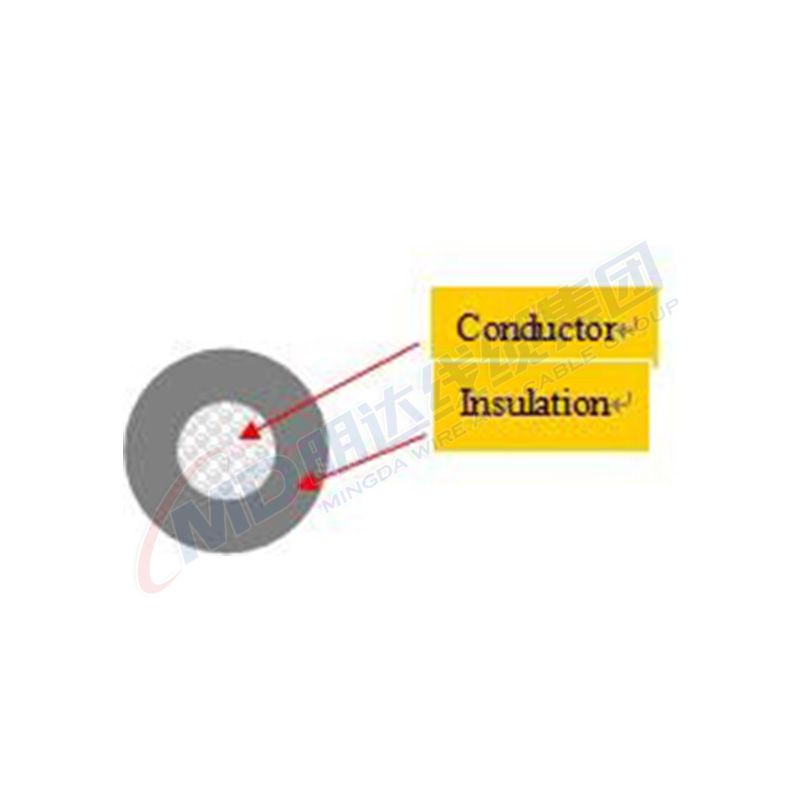8 月 . 31, 2024 13:18 Back to list
lift check valve
Understanding Lift Check Valves Function and Applications
Lift check valves are an essential component in various piping systems, especially in industries that require the unidirectional flow of liquids and gases. These valves are designed to prevent backflow, ensuring the efficient operation of pipelines and protecting equipment from potential damage caused by reverse flow.
How Lift Check Valves Work
A lift check valve typically consists of a valve body, a disc, and a spring mechanism. The disc is positioned within the valve body and is held in place by a spring. When fluid flows in the intended direction, it lifts the disc, allowing fluid to pass. However, if the flow attempts to reverse, the disc falls back onto the seat, closing off the pathway and preventing backflow. This simple yet effective design ensures the valve operates smoothly and reliably.
Advantages of Lift Check Valves
One of the primary benefits of lift check valves is their ability to handle high flow rates
. Unlike some other types of check valves that may restrict flow, lift check valves allow for a more unobstructed passage, which is crucial in applications involving large volumes of fluid.Additionally, they are generally more efficient at sealing than swing check valves. The vertical movement of the disc minimizes the potential for damage due to turbulence, ensuring a tighter seal when in the closed position. This efficiency can lead to reduced energy costs in pump systems where maintaining pressure is vital.
lift check valve

Applications of Lift Check Valves
Lift check valves are commonly used in various industries, including
1. Water and Wastewater Treatment Protecting pumps and other equipment from backflow, ensuring the proper treatment of water. 2. Oil and Gas Essential in pipelines to maintain the integrity of transport systems and prevent contamination. 3. Power Generation Employed in cooling systems to prevent reverse flow, ensuring optimal operational efficiency.
Installation and Maintenance
Proper installation is crucial for the effective operation of lift check valves. They should be installed in the correct orientation as indicated by markings on the valve body. Regular maintenance checks can help identify wear and tear, ensuring that the valve functions correctly over time.
Conclusion
In summary, lift check valves play a vital role in maintaining the efficiency and safety of various fluid systems. Understanding their function and applications can help industries optimize their operations, reduce risks, and ensure long-term reliability in their piping systems. By choosing the right type of check valve for specific applications, businesses can achieve better performance and enhance overall system integrity.
Share
-
Understanding the Differences Between Wafer Type Butterfly Valve and Lugged Butterfly ValveNewsOct.25,2024
-
The Efficiency of Wafer Type Butterfly Valve and Lugged Butterfly ValveNewsOct.25,2024
-
The Ultimate Guide to Industrial Swing Check Valve: Performance, Installation, and MaintenanceNewsOct.25,2024
-
Superior Performance with Industrial Swing Check Valve: The Essential Valve for Any SystemNewsOct.25,2024
-
Industrial Swing Check Valve: The Ideal Solution for Flow ControlNewsOct.25,2024
-
You Need to Know About Industrial Swing Check Valve: Functionality, Scope, and PerformanceNewsOct.25,2024